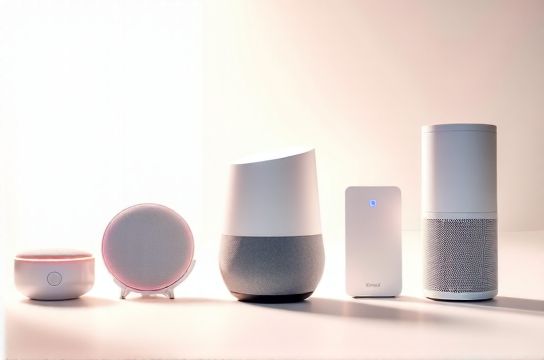Connected Lifestyle Products China Smartening Up Everyday Life
- 时间:
- 浏览:20
- 来源:OrientDeck
China isn't just building smart cities — it's turning everyday life into a seamless, connected experience. From your morning coffee to your nightly security check, smart lifestyle products are reshaping how Chinese consumers live, work, and play.

Walk into any urban apartment in Shanghai or Shenzhen, and you’ll likely find a home buzzing with IoT devices: voice-controlled lights, AI-powered rice cookers, self-cleaning robot vacuums, and even smart mirrors that suggest skincare routines. This isn’t sci-fi — it’s today’s reality in China, where the connected lifestyle market is booming at an annual growth rate of over 18%, projected to hit $120 billion by 2025 (Statista, 2023).
What’s driving this digital revolution? It’s a mix of tech-savvy millennials, affordable hardware, and fierce competition among local giants like Xiaomi, Huawei, and Alibaba. These companies aren’t just selling gadgets — they’re selling ecosystems. Think of it as Apple-style integration, but with more affordability and local flavor.
The Daily Routine, Reimagined
Let’s follow Li Wei, a 30-year-old professional in Hangzhou, through her smart day:
- 7:00 AM: Her Mi Band wakes her with a gentle vibration, synced to her lightest sleep phase.
- 7:15 AM: The smart curtain opens automatically. Her voice assistant, XiaoAI, reads out the weather and traffic updates.
- 7:30 AM: Coffee starts brewing as she steps into the bathroom — the mirror displays her heart rate and hydration levels.
- 9:00 AM: While at work, she checks her home camera via app to confirm the robot vacuum cleaned the living room.
- 8:00 PM: Dinner is prepped using a smart oven that downloaded a recipe from her favorite food blog.
This level of integration isn’t accidental. Chinese brands focus on user-centric design and deep app integration. Unlike Western markets where smart homes often involve mixing brands (and apps), China’s ecosystem approach means one app — like Xiaomi Home or Huawei Hilink — controls nearly everything.
Market Leaders & Product Penetration
Here’s a snapshot of key players and their market reach:
| Brand | Key Products | Market Share (2023) | IoT Ecosystem Size |
|---|---|---|---|
| Xiaomi | Smart lights, cameras, wearables | 24% | 5,000+ devices |
| Huawei | Sensors, routers, AI speakers | 18% | 3,200+ devices |
| Alibaba (Tmall Genie) | Voice assistants, smart plugs | 15% | 2,800+ devices |
| Haier | Smart fridges, ACs, washing machines | 12% | 4,000+ devices |
But it’s not just about gadgets. The real magic lies in automation. For example, when outdoor air quality drops, Haier’s AC automatically switches to purification mode. Or when Tmall Genie detects you’re running late, it adjusts your smart lock schedule.
Why It Works: Affordability + Integration
A basic smart speaker in China costs as little as $15. A full home starter kit (lights, sensors, camera) can be under $100. Compare that to the U.S., where similar setups often exceed $300. This price gap makes adoption easier, especially among younger, budget-conscious users.
And let’s talk data — not in a creepy way, but in a helpful one. These devices learn your habits. Over time, your bedroom light dims earlier if you’ve been going to bed sooner. Your heater turns on 10 minutes before you usually get home. It’s personalization at scale.
The Road Ahead
With 5G rollout and AI advancements, expect deeper integration. Soon, your fridge might order groceries before you run out, or your gym gear could sync with your wearable to adjust workout plans in real time.
China’s smart lifestyle boom shows no signs of slowing. As more homes go online, the line between living space and digital assistant will blur — making 'home' not just a place, but a responsive, intelligent partner in daily life.